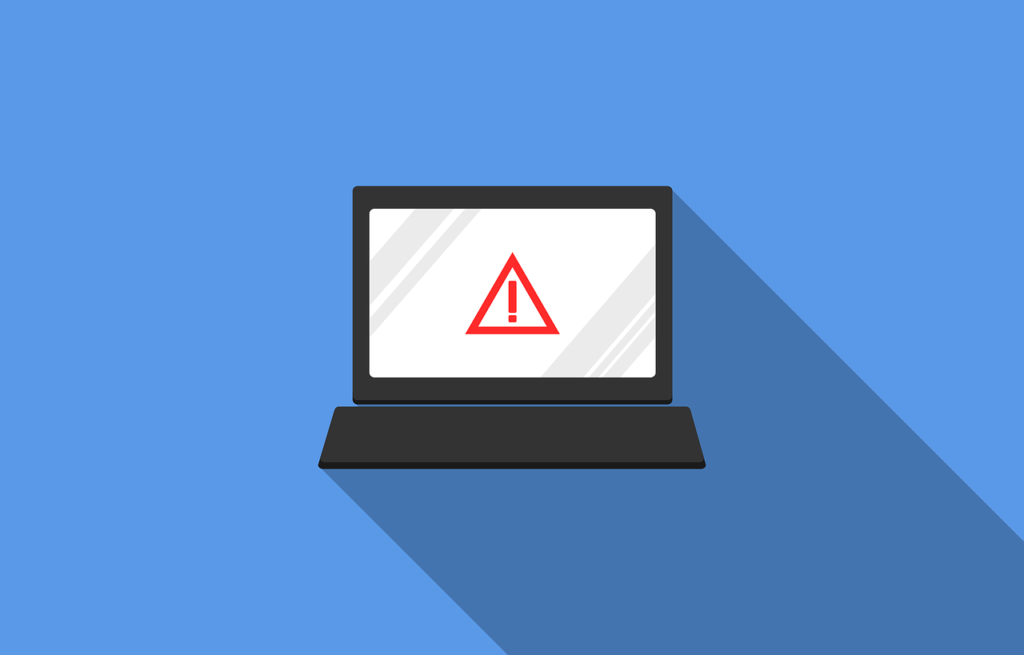
Data breaches can be disastrous for individuals and businesses alike. We are seeing them happen more and more frequently, with data breaches of major companies hitting the news. Most recently, the Australian Bureau of Statistics has revealed they fended off almost a billion cyber-attacks against the census, setting a precedent that relentless cyber-attacks have now become the norm.
The highest number of data breaches was recorded in 2020, with nearly 125 million cases. In 2022, that number decreased to approximately 52 million in the second quarter of 2022. Although data breaches are down by 56 percent, cybersecurity still remains the main concern for many.
There are several precautions businesses and individuals can take to prevent their private and sensitive information from being exposed. In particular, a residential proxy is a great tool to boost security and privacy. Before breaking down how proxies can help you avoid a data breach, let’s look at how a data breach can impact your business.
Why are data breaches so damaging?
Protecting your business from cybercriminals is a huge undertaking and requires investment, time, and effort. While someone gaining access to an email address or a password may not seem like the end of the world, the potential harm that a malicious individual could do with any sort of data breach is not a risk worth taking.
Not only can a serious data breach harm your brand reputation, countless others can be put in the firing line. Even the breach of one person’s personal information can lead to millions more being compromised. It’s no wonder that software industry trends are putting improvements in cybersecurity at the focus. Furthermore, if your business is in an industry where you are trusted to keep private information, you are more likely to be targeted by hackers.
There are several costs that are associated with a data breach, including compensating the affected customers and launching an investigation into the source of the breach which may include hiring a third party. Most damning, there is also the threat of regulatory penalties by disciplinary powers which would likely be the greatest financial cost of a data breach.
Types of data breaches
If you are aware of the type of data breaches out there, you may be better equipped to spot when you have fallen victim to one. On the flip side, if a company has suffered from a data breach, affected individuals whose PPI (personally identifiable information) has become compromised must be notified by the company as per state law.
Let’s break down what methods cybercriminals use to execute data breaches:
XSS attacks
An XSS attack, or a cross-site scripting attack, is a remote code execution flaw that can be caused by web applications that use common vulnerabilities like XSS. When a remote attacker sends malicious code to a web app, RCE issues can occur.
Although an XSS attack is concerning, these types of vulnerabilities are relatively easy to detect as the malicious code redirects the web app’s execution to a script that could be anywhere on a device network or even on another device on the network.
Malware
There are a few different types of malware software that hackers may utilize in order to gain access to sensitive data. For example, a ransomware attack locks down a computer system, demanding a ransom to unlock it. Not being able to access data or files, being notified of pending payments, or losing access to data are all signs of a ransomware attack.
There is also a Trojan which is a program that runs without the knowledge of the computer user, appearing to be safe and legitimate. A Trojan can either steal data or control the system. Additionally, a virus can be used to cause computer system damage.
MITM attacks
When an attacker masquerades as a third party and intercepts and steals data from a computer or network, this is known as a man-in-the-middle (MITM) attack. For example, an attacker could be in the workplace, hotel room, or cafe and view data while a computer user is looking at it. The most common risk associated with MITM attacks is exposing personal information to the public (names, email addresses, dates of birth, health information, financial information, or any other sensitive data).
Where do proxies come in?
Data breaches such as malware attacks can happen at any time, especially over open networks. There are many ways to ensure better security while online and using a proxy is just one option.
Proxy servers act as an intermediary between your device and the websites you visit. As public or unsecured networks expose your device and data, a proxy can help protect your device and data from security risks.
Additionally, proxies hide your IP (Internet Protocol) address, meaning online hackers will have a difficult time identifying your requests or stealing your information. By configuring your proxy, it can encrypt your requests, improving your data security. Moreover, a proxy can help your device screen for malware by detecting suspicious emails and attachments.
Conclusion
A data breach could be potentially devastating to your business. It is best practice to take precautions to improve your cybersecurity and make use of the tools at your disposal, such as residential proxies, to prevent any sort of security compromise.









